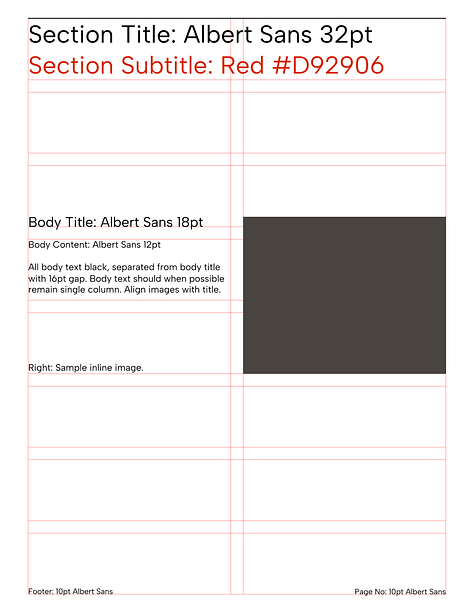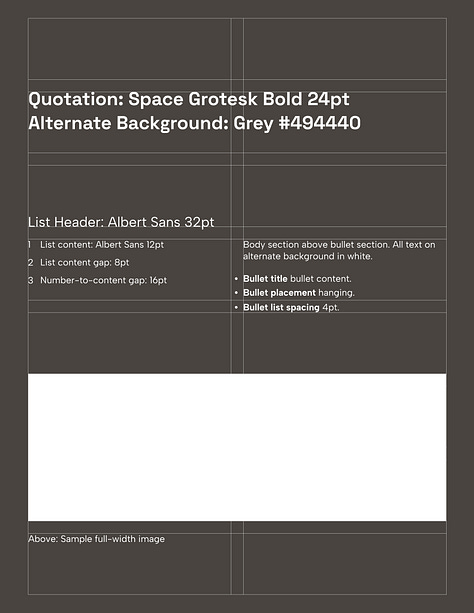A chance conversation with a close friend’s father prompted me to consider writing. He, a designer for 30+ years, reflected that unfinished projects or ideas-there-for weigh in the back of your head, building pressure that prevents moving on to new work. Sometimes the best step toward resolving the mental pile is to pass along an idea to someone else with fresh energy. So here they are, digitally handed off to you! Thank you for taking the load.
No project every really feels finished, but I hope that sharing my works-in-progress will make space for new ideas to surface. I’ve also been inspired by Maggie Appleton’s concept of the Idea Garden, which prescribes that sharing something incomplete (and acknowledging that development will be continued) leads to opportunities which wouldn’t arise when work is held in and tweaked indefinitely.
I begin this ‘sletter with the intention to share my thinking and catalog its development.
Mid-October, 2024
No Longer a Student
An update: I completed my master’s program (the Innovation Design Engineering course at Imperial College and the Royal College of Art) a few months ago, and I’ve returned to California to look for work. My final project as a student, Room Tone, was a major learning opportunity, and I’m now much more comfortable working on web-based systems and writing Javascript. This experience also taught me a great deal about how sound works (digitally and physically) and how it can be applied to prompt specific responses or feelings.
Working to Find Work
My largest project continues to be finding a job. I find this project to be quite exhausting and not particularly rewarding, though hopefully that changes with an interesting position. I’d like to find an opportunity where I can work in between design (UX, interaction, product) and engineering (hardware or front-end software) roles, as a creative technologist or design engineer. I enjoy most the challenge of understanding a context fully enough to define an approach to solving a problem, and developing a first prototype.
Big-Data Guy
I’m becoming more excited about designing interfaces to navigate datasets, and about applying ML to build interactions. Intelligent systems that can draw a new insight from existing information, with careful human commands, can create very satisfying (and sci-fi if not quite magical) feeling interactions.
A few weeks ago I built this as a platform to experiment with image classification and data set querying. The project began as a simple script to push image sets from my computer directly to a custom photo blog, but with a few dozen photos arranged into contact sheets it already became confusing to navigate. I designed a search feature to sort images by their content, and identify more manageable image sets.
I opted to use a SegFormer model trained on an architectural photo dataset to identify the content of my images because it was simple to get operating. The model worked great for a proof-of-concept, but it’s only capable of identifying about 100 features within the images, as basic as sky, tree, or sea. This was my first taste of intelligent machine’s golem-like literality. If I searched for ocean, no results. If I searched for sea, photos I had captured of blue-wet-volumes of water loaded onto the screen. I dealt with this inflexibility by defining a thesaurus of 6 synonyms or related words for each image feature. I’d like to replace this method by retraining the SegFormer model on an photography-specific data set like Flicker30k which contains many more labeled image features and would hopefully produce more accurate feature extraction.
UV Exposure
Since returning to California, I’ve been riding my mountain bike about 5 days a week. I’ve been getting significantly more sun exposure than I ever saw in England, and I’m reminded of an old idea: a system to anticipate the UV transparency of different garments. It would be so interesting to understand the risk of sunburn through an old tee-shirt, or cycling jersey, and to know if more sunscreen was required. I’m looking into building a dataset of clothing and material UV resilience, then creating a ML system to predict transmission of new samples based on their material and density. More to come. If you are familiar with UV rated clothing, or you/a friend/a family member is a dermatologist, I would love to have a chat.
Graphic Standards
This week I helped a friend on the board of a nonprofit Maker Space with some page layout design for a funding proposal. I defined a grid, typefaces, and a color set based on their intended printed deliverable, and formatted their text to fit my new specifications. I haven’t done much printed graphic work over the past year so this was a fun exercise. I opted for typefaces from GoogleFonts (SIL Open Font License) and neutral colors inspired by some old NASA style guidelines. I felt the fonts and colors gave a deliberate but not-too-corporate look that fit the pitch of the maker space as a valuable and accessible community hub.



Closing
I tried to leave this entry slim, so I don’t run out of thoughts in my head before ‘sletting becomes a habit. Please write with thoughts or questions to erubens@me.com. More work archived at Acheulean Lab.


